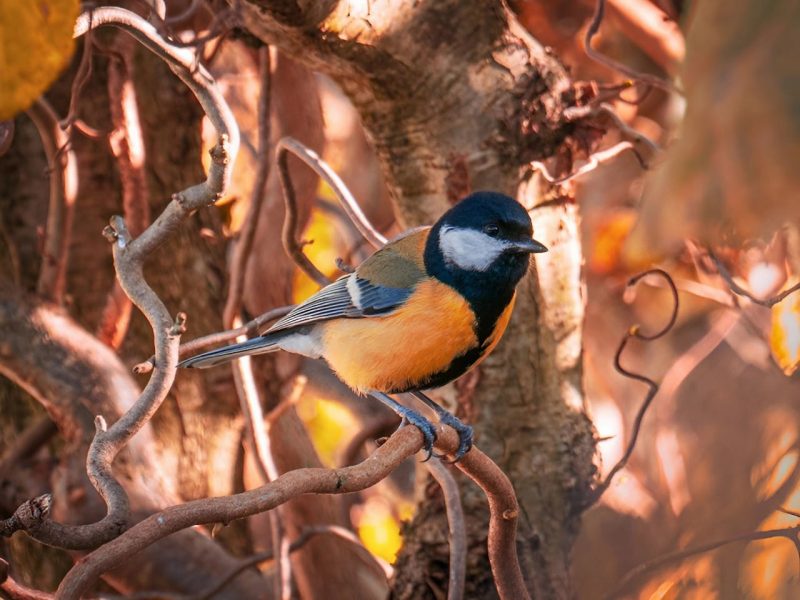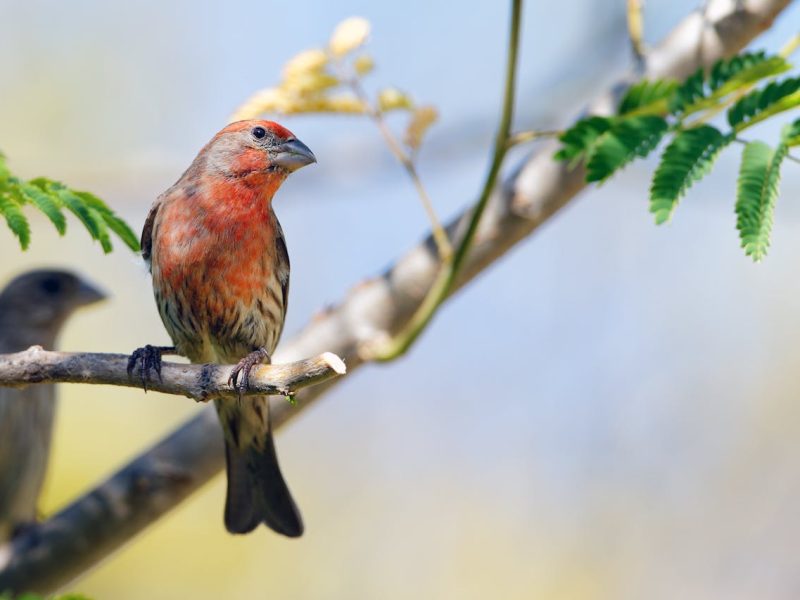Owls are fascinating creatures that play a vital role in the ecosystem. Having these nocturnal birds near your home or garden can be a delightful experience. Not only do they help control rodent populations, but their haunting calls add a touch of mystery and wonder to the night. In this guide, we’ll explore various methods to determine if owls are living in your area, so you can appreciate their presence and take steps to encourage their habitats.
Identifying Owl Species in Your Area
The first step in detecting owl presence is to familiarize yourself with the species commonly found in your region. Owls come in many shapes and sizes, each with unique physical characteristics and calls.
For example, the Great Horned Owl is one of the most widespread species in North America, known for its distinct ear tufts and deep hooting. On the other hand, the tiny Northern Saw-whet Owl produces a high-pitched “toot, toot, toot” call that can easily go unnoticed.
Different owl species also have preferences for certain habitats and nesting sites. Some, like the Barn Owl, thrive in open fields and abandoned buildings, while others, such as the Barred Owl, prefer mature forests with large trees and cavities. Knowing the preferred habitats of local owls can help you focus your search efforts.
Signs of Owl Presence
Even if you haven’t spotted an owl yet, several signs can indicate their presence in your area. Here’s what to look for:
Visual Signs
- Owl Pellets: Owls regurgitate indigestible materials, such as fur and bones, in the form of compact pellets. These pellets can often be found under roosting or nesting sites and are a clear indicator that owls are nearby.
- Feathers or Feather Remains: While owls are incredibly stealthy, their feathers can sometimes be found on the ground or caught in branches. Keep an eye out for distinctive patterns or colors.
- Whitewash: The droppings or “whitewash” left by owls can be spotted on the ground or tree trunks near their roosting sites.
- Nesting Sites: Owls may nest in tree cavities, abandoned buildings, or even man-made nest boxes. Look for signs of activity, such as debris or feathers around potential nesting spots.
Auditory Signs
- Vocalizations: One of the most reliable ways to detect owls is by listening to their distinctive calls. From the haunting “who-cooks-for-you” of the Barred Owl to the eerie screeches of the Barn Owl, each species has its own unique vocalization.
- WingBeats and Rustling: Even if you can’t hear their calls, the sound of wing beats or rustling in the trees can sometimes indicate an owl’s presence, especially at night.
To improve your chances of hearing owl calls, it’s best to venture out at dawn or dusk when they are most active. You can also try using audio recordings of owl calls to elicit a response from any nearby individuals.
Attracting Owls to Your Property
If you’re eager to encourage owls to take up residence near your home or garden, there are several steps you can take to make your property more appealing to them.
Providing Suitable Habitat
- Preserve Mature Trees with Cavities: Owls often nest in natural tree cavities or abandoned woodpecker holes. Leaving mature trees standing can provide valuable nesting sites.
- Install Nest Boxes or Platforms: If natural cavities are scarce, you can install specially designed nest boxes or platforms to offer owls a safe and secure place to raise their young.
- Create Brush Piles or Snags: Owls also appreciate areas with brush piles or standing dead trees (snags) for roosting and hunting perches.
Offering Food Sources
- Encourage Rodent Populations (in Moderation): While you don’t want an overwhelming rodent problem, a moderate population of mice, voles, or other small mammals can attract owls by providing a reliable food source.
- Plant Native Vegetation: Encouraging native plants and grasses can support healthy populations of insects, birds, and small mammals, which in turn attract owls and other predators.
- Install Bird Feeders or Water Sources: Providing additional food and water sources can indirectly benefit owls by attracting their prey species to your property.
It’s important to note that while attracting owls can be rewarding, it’s crucial to maintain a respectful distance and avoid disturbing their nesting or roosting sites.
Owl Monitoring Techniques
If you suspect owls are present in your area but haven’t been able to spot them directly, there are several monitoring techniques you can employ to confirm their presence.
Owl Prowl or Listening Survey
One of the most effective methods is to conduct an owl prowl or listening survey. This involves venturing out at night (usually around dusk or dawn) and quietly listening for owl calls. You can even use recorded calls to elicit responses from nearby individuals. It’s best to choose calm, dry nights for maximum success.
Trail Cameras
Setting up trail cameras near potential nesting or roosting sites can capture valuable footage of owl activity. Position the cameras at strategic locations, such as tree cavities or perches, and adjust the settings for night-time recording. Be sure to check the cameras regularly and review the footage for any owl sightings or signs of activity.
Citizen Science Projects
Many local and national organizations, such as the Cornell Lab of Ornithology or Audubon Societies, coordinate citizen science projects focused on owl monitoring. By participating in these efforts, you can contribute valuable data while learning more about the owl populations in your area.
Responsible Owl Watching
While the prospect of observing these magnificent birds up close is thrilling, it’s crucial to practice responsible owl-watching. Owls are sensitive to disturbances, especially during the breeding season, and excessive human interference can cause them to abandon their nests or territories.
- Maintain a Safe Distance: Always observe owls from a respectful distance, using binoculars or telephoto lenses if necessary. Avoid approaching their nests or roosting sites too closely.
- Minimize Disturbance: Refrain from making loud noises, using bright lights, or engaging in any activities that could startle or stress the owls.
- Ethical Considerations: Remember that owls are protected species in many areas, and it’s illegal to capture, harm, or possess them without proper permits.
By following these guidelines and fostering a deep appreciation for these magnificent creatures, we can ensure that future generations will have the opportunity to experience the wonder of owls in their natural habitats.
Conclusion
Discovering the presence of owls near your home or garden can be a truly awe-inspiring experience. By familiarizing yourself with local species, recognizing signs of their presence, and taking steps to create suitable habitats, you increase your chances of encountering these fascinating nocturnal hunters.
Responsible owl-watching is key to ensuring their continued survival and well-being. Observe from a respectful distance, minimize disturbances, and appreciate these magnificent creatures for the vital role they play in our ecosystems.
Frequently Asked Questions
What time of year is best for observing owls?
The breeding season, which typically runs from late winter to early summer, can be an excellent time to observe owls as they engage in courtship displays and nesting activities. However, owls can be spotted year-round, and their activity patterns may vary depending on the species and location.
How close can you get to an owl without causing a disturbance?
It’s best to maintain a distance of at least 50-100 yards from an owl’s nest or roosting site. Approaching too closely can cause the birds significant stress and may lead them to abandon their nests or territories.
Is it legal to keep owls as pets?
In most areas, it is illegal to keep owls or other native wildlife as pets without proper permits and licenses. Owls are protected species, and their capture or possession is strictly regulated to ensure their conservation.
What should you do if you find an injured or orphaned owl?
If you encounter an injured or orphaned owl, it’s best to contact a licensed wildlife rehabilitator or local wildlife agency for assistance. Attempting to care for these birds on your own can be illegal and may inadvertently cause them harm.



